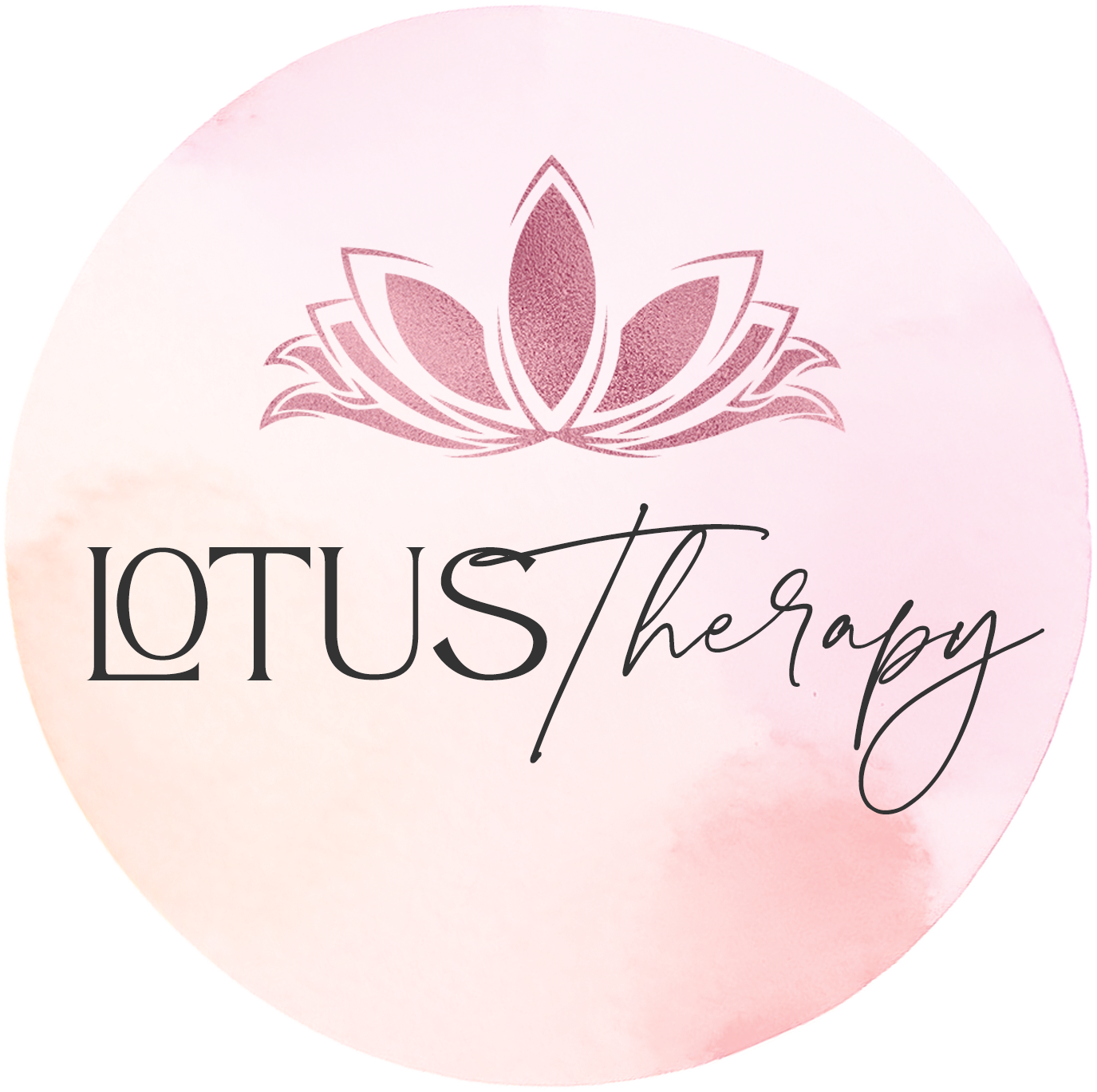Boundaries In Relationships
Understanding Physical, Resource, and Mental/Emotional Limits
The word “boundary” gets thrown around often in conversations about self-care and healthy relationships. But what does it actually mean? And how can you identify the different kinds of boundaries you and your partner might need to feel safe, respected, and emotionally balanced?
Boundaries are not walls. They are the lines that define where you end and someone else begins. In romantic partnerships, they protect intimacy by allowing space for individuality, respect, and emotional regulation. Without boundaries, relationships can become enmeshed, resentful, or reactive. With them, they thrive.
In this post, we’ll explore three essential types of boundaries—physical, resource, and mental/emotional—and how they show up in romantic relationships. Whether you’re in a new partnership or deep into long-term commitment, understanding and honoring these boundaries is key to relational health.
What Are Boundaries, Really?
At their core, boundaries are limits we set to protect our values, energy, and well-being. They are not demands or punishments. Instead, they are clear expressions of what is and isn’t okay for us—based on our needs, not our control of others.
Boundaries help us:
Maintain a sense of self in close relationships
Communicate needs with clarity and compassion
Prevent burnout, resentment, and emotional overwhelm
Build mutual respect and emotional safety
Boundaries can change based on context, capacity, and growth—but they’re always about staying aligned with what honors our emotional and relational integrity.
1. Physical Boundaries: Space, Touch, and Body Autonomy
What they are:
Physical boundaries involve your body, your personal space, and your physical comfort levels.
Examples in a relationship:
Needing personal space after a long day
Preferring a certain kind of touch or affection
Wanting privacy when dressing, sleeping, or using the restroom
Being clear about consent at every level of physical intimacy
Why they matter:
Physical boundaries help you feel safe in your own body. Without them, discomfort or overexposure can build silently into resentment or shutdown. When respected, physical boundaries lead to a deeper trust and more satisfying physical closeness.
What it sounds like:
“I’d love to cuddle, but I need a few minutes to decompress first.”
“Please ask before touching me when I’m focused or upset.”
“I need the bedroom to myself for a bit to recharge.”
2. Resource Boundaries: Time, Energy, Money, and Labor
What they are:
Resource boundaries refer to how you protect and share your time, energy, finances, and effort. They’re essential for avoiding overextension and building equitable relationships.
Examples in a relationship:
Saying no to social plans when you’re overwhelmed
Deciding how finances are shared, saved, or spent
Setting limits around housework, caregiving, or emotional labor
Needing protected time for rest, creativity, or self-care
Why they matter:
When one partner consistently gives more than they can sustainably offer—whether it’s time, money, or energy—it creates imbalance. Clear resource boundaries reduce burnout and help partners operate from generosity, not obligation.
What it sounds like:
“I’m at capacity today—can we talk about this tomorrow?”
“I’m not comfortable loaning money right now.”
“Let’s look at the budget together before making a big purchase.”
“I can cook dinner, but I’d love for you to help with the dishes.”
3. Mental/Emotional Boundaries: Thoughts, Feelings, and Internal Worlds
What they are:
Mental and emotional boundaries protect your autonomy of thought, belief, and feeling. They allow you to be emotionally connected without being emotionally fused.
Examples in a relationship:
Respecting differing opinions without trying to “win” or correct
Not taking responsibility for your partner’s emotions or vice versa
Expressing personal values and emotional needs clearly
Taking time alone to process feelings
Why they matter:
Without mental/emotional boundaries, it’s easy to feel enmeshed, overly responsible for each other’s emotions, or invalidated when you disagree. These boundaries protect individuality while nurturing connection.
What it sounds like:
“I hear that this upset you. I care about your feelings, but I don’t agree with that interpretation.”
“I need to take a walk before continuing this conversation.”
“It’s okay that we see this differently. I still respect your view.”
How to Set Boundaries Without Creating Distance
A common fear is that boundaries will push people away or make you seem selfish. But in reality, boundaries build connection—not disconnection—when communicated with clarity and care.
Here’s how:
1. Use “I” Statements
Focus on your needs, not their flaws.
✔ “I feel overwhelmed when I don’t get alone time, and I’d like to plan some quiet evenings this week.”
2. Be Consistent, Not Rigid
Boundaries can be flexible, but they shouldn’t be confusing. Stay consistent in what you express and what you allow.
3. Hold the Line with Kindness
Boundaries don’t have to be harsh. You can be clear and compassionate at the same time.
✔ “I love you and I want to support you. Right now, I also need to take care of my own emotional energy.”
Boundaries Aren’t Barriers—They’re Bridges
In romantic relationships, boundaries aren’t there to separate us—they’re there to protect the conditions in which love, trust, and respect can grow.
Whether you're setting a boundary around your body, your time, or your emotional energy, you’re saying:
“This is what I need to show up fully and honestly in this relationship.”
And when both partners honor each other’s boundaries, the relationship becomes a place where individuality and intimacy coexist—a space where both people feel seen, safe, and valued.
As a couples therapist based in Lakeland, Florida, I offer personalized counseling services to help couples strengthen their relationships. If you feel that professional help could benefit your relationship, don’t hesitate to reach out! If you're looking for something more personalized, I invite you to contact me for a consultation or book a session. Together, we can work towards building a more intentional and fulfilling relationship.
Written By: Crystin Nichols MS, RMFTI

